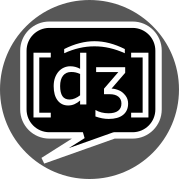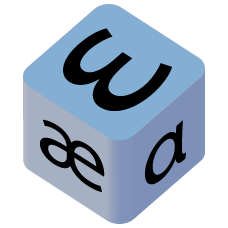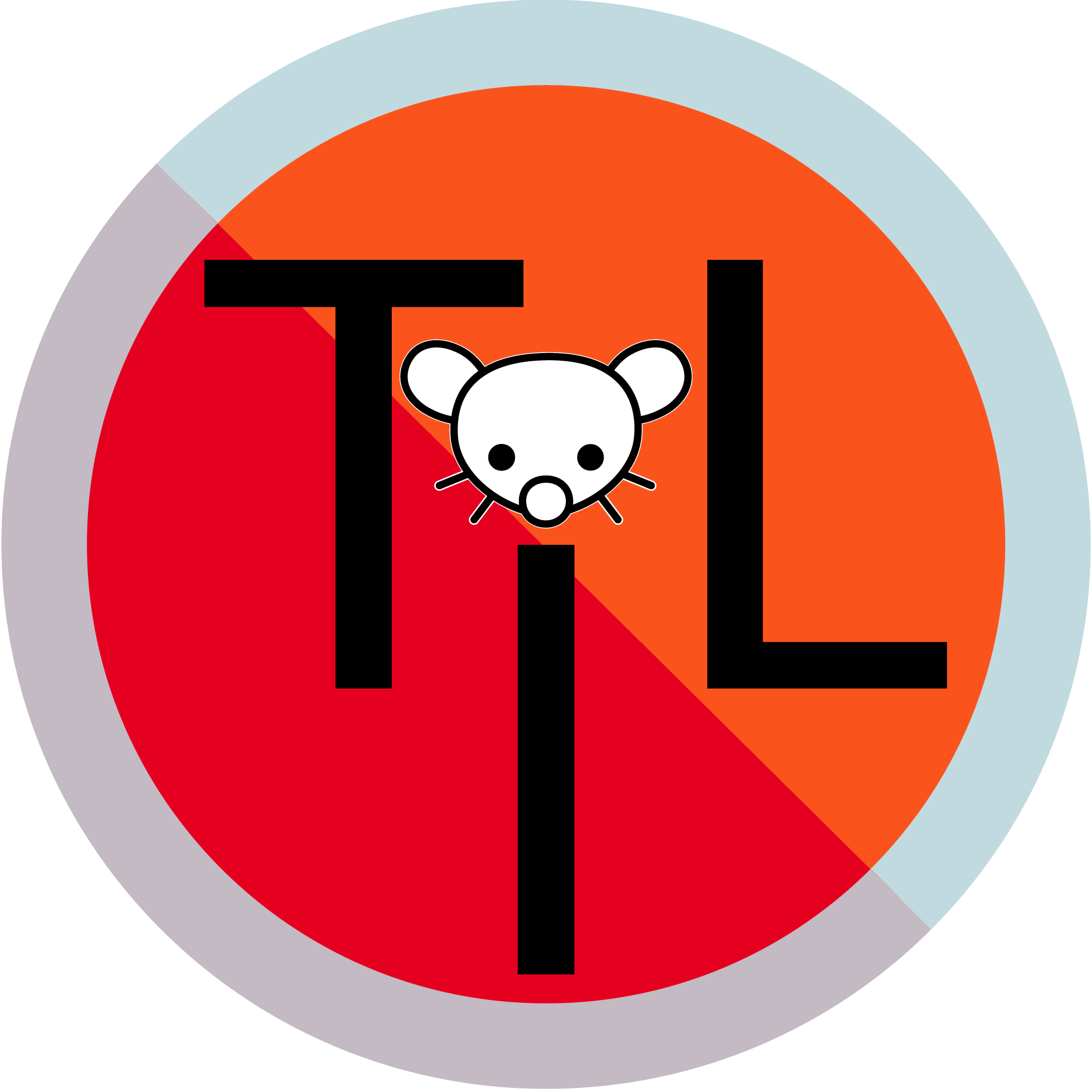They don’t “communicate” faster than light, the wave function itself is non-local and collapses non-locally.
- 0 Posts
- 45 Comments
Dark matter is not a thing, it’s an observation, a phenomenon that was poorly named. There’s so much evidence under the name “[d]ark matter” that we can’t discount it as a real phenomenon. We just don’t have a strong evidence for a single dark matter theory (theory in the scientific sense of the word, not the colloquial one).
I can never escape the chilean diss. /j

 2·26 days ago
2·26 days agoSpanish also has 4 different datives: dativo de interés (dative of interest), dativo posesivo (possesive dative), dativo ético (ethical dative), and dativo aspectual (aspectual dative). All really common. The dativo ético is, as I understand it, equivalent to “on me” in “the dog died on me” while the dative from the OP would be the dativo de interés.

 4·1 month ago
4·1 month agoI can get two whoppers for about 5 dollars and they are full of flavor over here (Brazil).

 2·1 month ago
2·1 month agoThere are two very different things that take the form •'s:
-
as the clitic version of a verb, is, has, and sometimes was and does; 2) as the genitive/possessive case marker.
-
can be attached at the end of all noun phrases, even when the noun phrases is a single pronoun, like it: it’s=it is, it has (or it was and it does in some dialects).
-
can be attached to all noun phrases except to personal pronouns. These inflect, they change their forms: I>my, mine; you>your, yours; he>his; she>her, hers; it>its; we>our, ours; they>their, theirs.
Historically, the genitive case marker •'s originated from inflectional morphology in the form of •es. Different classes of nouns would have different case markers but the •es version ended up prevailing over the others as english shed its case system. The apostrophe that turned •es into •'s seems to have come from imitating the french practice of using an apostrophe where a vowel wasn’t pronounced anymore.
-

 4·2 months ago
4·2 months agoI never mentioned pronunciation. I only talked about the untrue claim that english grammar was inconsistent because it was mixed with other languages. The mismatch between pronunciation and spelling is the fault of the printing press.

 5·2 months ago
5·2 months agoEnglish grammar and conjugation is quite consistent compared to its spelling, and it’s quite purely Germanic. It got simplified by it’s contact old norse, which resulted in middle english being starkly different from old english.

 51·2 months ago
51·2 months agoHere is an excelent Kurzgesagt video.
 2·3 months ago
2·3 months agoIt’s the slowest in speech and the one that conveys information the slowest too.
My S21 FE has automatic call recording natively, you only have to go to the settings and enable it.

 3·5 months ago
3·5 months agoIt’s not “inflating”, it’s “insularum” (they also used to use the tilde as a shorthand for m and n), using the old long s
I’ll add Spanish! “Alfil”, taken from arabic “(al-)fil”, taken from persian “pil”, meaning “the elephant”, since at some point in the past the piece was, evidently, an elephant.
States are defined by sovereignty over territory and a group of people. They are what we commonly call countries. [1] The United States, Great Britain, and Nigeria are all examples of states
https://chass.usu.edu/international-studies/aggies-go/nation-states

 6·6 months ago
6·6 months agoColombia*
No, it’s correct. You define the operation by it’s properties. It’s not saying that “a plus 0 = a” but “the result of applying the binary operation ‘+’ to any number with 0 should give the original number.”
- is just a symbol. You could instead write it as +(a,0)=a and +(a,S(b))=S(+(a,b)).
You have to have previously defined 1=S(0), 2=S(1), 3=S(2), and so on.

 3·7 months ago
3·7 months agoThanks for your reply!

 4·7 months ago
4·7 months agoI hate having to cater to the lowest common denominator, I had to struggle with un-engaging classes all throughout elementary and middle school. I’ve seriously thought about becoming a teacher so I’d like to ask, in your experience, what happens to the children that are able to process more advanced information? Can something be done to keep them engaged and nurture their development too?
Edited an unfortunate typo


Sure, but anything that tried to explain the observations would be a dark matter theory, and if that theory involved particles, it’d be a particle theory.
Dark matter isn’t a theory, nor is it particles, it’s just a body of observations that’s poorly named. In that sense, dark matter definitely exists, we just don’t know in what shape or form.